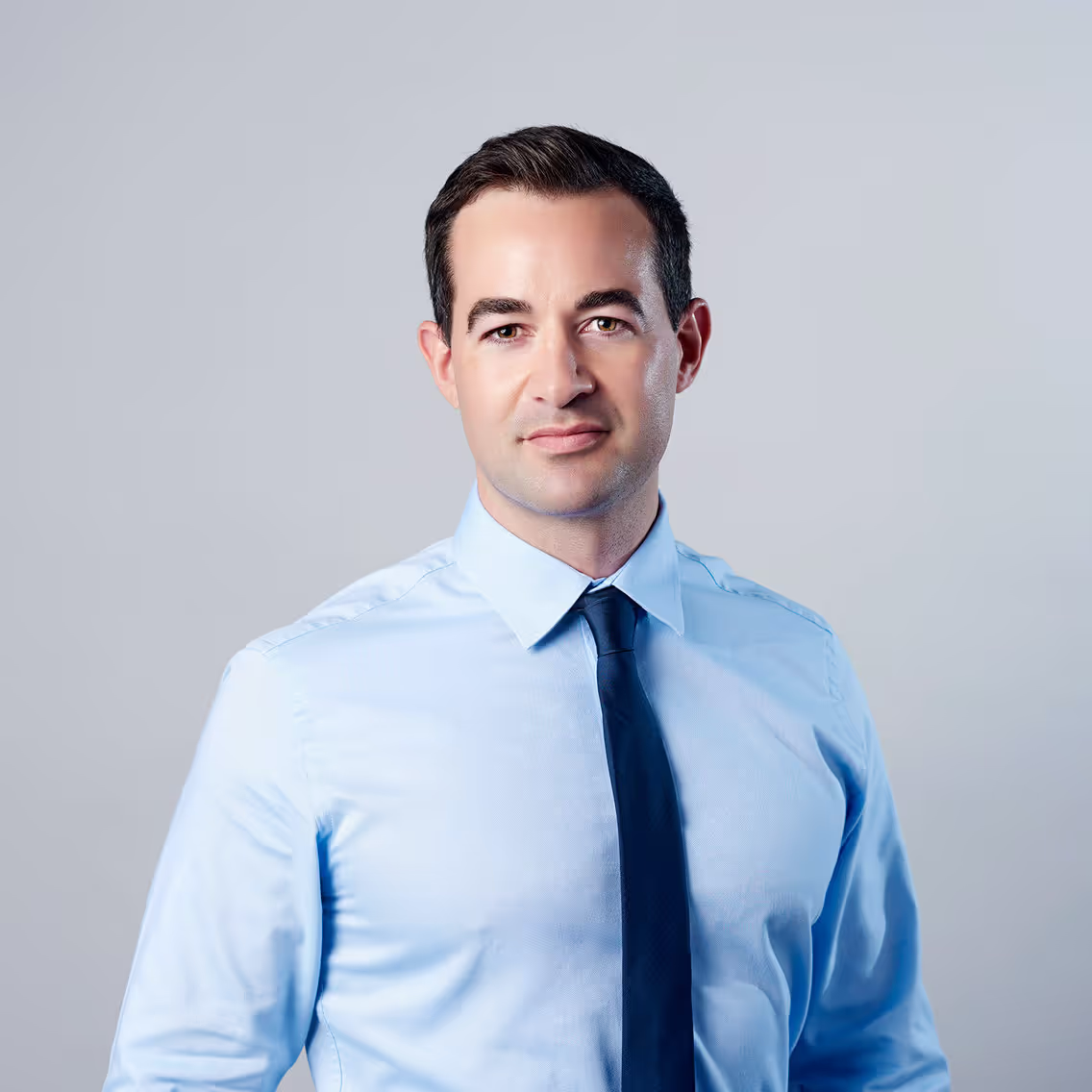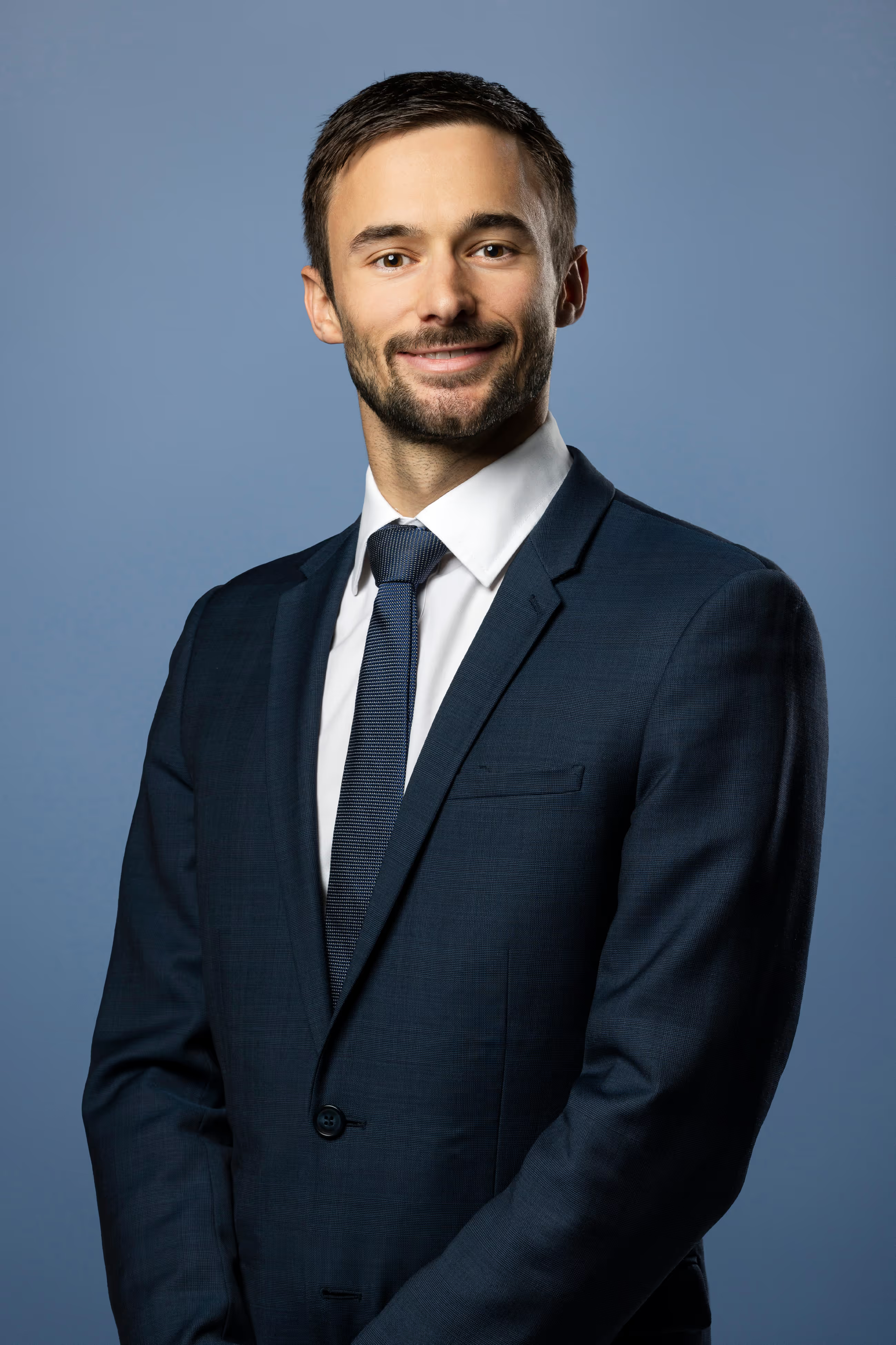Choosing the right goods and services Classes when applying for a Trademark
When filing a trademark application, you must identify the classes of the goods and/or services you intend to use your trademark on. The selection of goods/ services for your trademark is called the trademark specification. The trademark specification defines the scope of protection for your trademark.
For example, if you register your trademark in respect of clothing/ apparel, someone else may still be able to use the trademark in connection with other goods/ services, that are not related to your clothing products.
This article will outline how the system of classification for goods and services operates and what to consider when choosing the classes for your trademark application.
What is the Nice Classification?
The international Nice Classification is an international classification of goods and services under which trademarks can be registered. The system is recognised in many countries including Australia, the United States, Canada, China, New Zealand, the United Kingdom, and the European Union. This single classification system streamlines the process of registering international trademarks, as the goods and services to which a particular mark applies will be classified the same in all countries adopting the Nice Classification.
Under the Nice Classification, there are currently 45 trademark classes to choose from in which your trademark can be protected. Classes 1-34 are for goods and 35-45 are for services. The heading of each class identifies the type of goods or services covered in that particular class.
Why it’s so important to choose the correct Classes
A clear and accurate description of the goods and/or services you claim is crucial to your trademark application as it determines the scope of any resulting trademark registration. Trademark registration only provides you with exclusive rights to use your trademark in connection with the goods or services identified in your application.
If your trademark is registered in a class that does not actually match your business, this may leave you without the protection you seek and incur unnecessary costs, given that the cost of your trademark application depends on how many classes you designate in your trademark application. It also leaves your trademark vulnerable to cancellation for non-use, meaning that you may be unable to enforce your rights for all the goods and/or services you claim if you do not actually use the mark in relation to those goods and/or services.
Additionally, if you make a mistake, you cannot expand the list of goods or services once you file your application. You will need to submit a new trademark application if you seek trademark protection in additional classes.
How do I choose the Classes for my trademark?
When choosing trademark classes for your trademark registration, it is important to select categories that are sufficiently broad to encompass any future expansion of your business yet are still specific enough to allow you to enforce your trademark.
The first step is to identify whether your trademark applies to a good, which is a physical item that customers purchase from you, or a service, which is an activity you perform for customers. In some cases, your trademark may apply to both.
You must then consider which classes of goods and/or services are relevant. Questions that you might ask include:
- What is the output at the end of your business process i.e. which goods and/or services does your business earn its income from?
- What is the particular nature of your business?
- What goods and/or services would your customers or clients know you for?
- What goods and/or services does your business currently provide?
- What goods and/or services does your business intend to offer in the future?
Note that your trademark is not protected for the whole class you select. When filing your trademark application, you must specify the particular goods and services you want to promote when using your trademark. Trademark protection will only be granted in relation to these specified goods and services.
Common mistakes when selecting trademark Classes
Common mistakes when selecting trademark classes include:
- claiming trademark classes for ‘advertising’ or internal business functions such as ‘business administration’ or ‘recruitment’ – your focus should be on what you provide to your ultimate customers, not the activities internally conducted in the course of your business;
- claiming ‘retail services’ where you only manufacture goods – ‘retail services’ is only relevant where you offer various goods for purchase to customers and is unlikely to apply where you do not retail goods produced by others;
- claiming trademark classes for goods or services which you do not sell – for example, if your trademark is displayed on various kinds of merchandise, trademark protection is not required if the goods are simply used to promote your business and are not available for sale;
- failing to claim trademark classes relating to the ‘provision of information’ where this is a service that your business provides.
A useful starting point is IP Australia’s trade marks classification search, which sets out the list of available goods and services classes. You can enter your business’ goods or services into the database and it will identify which classes they may fall into. Some words may appear multiple times under different classes, in which case it will be important to look at the class headings to identify which class will be the most appropriate for your business.
Conclusion
Selecting the relevant classes of goods and/or services when filing to register your trademark is a crucial yet complex and often confusing step that can have significant implications for the protection of your brand. A qualified trademark professional can help guide you through the process to ensure your trademark is successfully registered.
If you would like assistance with filing an application for your trademark, please do not hesitate to contact us.




















